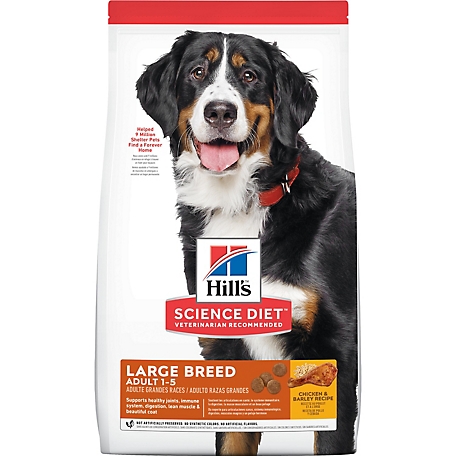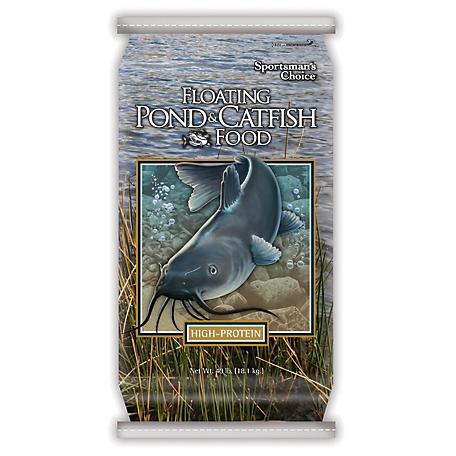Hill’s Science Diet Large Breed Adult Chicken and Barley Recipe Dry Dog Food
-
( 5 Reviews )Rated 5.00 out of 5 based on 5 customer ratings05
- SKU: 1604908
Big dogs have their own set of nutrition needs, so Hill’s Science Diet Adult Large Breed Dry Dog Food is specially formulated to fuel the energy needs of large breed dogs during the prime of their life. Made with high-quality, easy-to digest-ingredients, this delicious food made for fully grown large dogs supports the building of lean muscle with high-quality protein, as well as glucosamine and chondroitin for healthy joints & mobility. A balanced blend of omega-6s and vitamin E nourishes your dog’s skin for a healthy, shiny coat. There’s more to love with the new look of Science Diet. Some of our products also have new names, new kibble shapes & new formulas.
Big dogs have their own set of nutrition needs, so Hill’s Science Diet Adult Large Breed Dry Dog Food is specially formulated to fuel the energy needs of large breed dogs during the prime of their life. Made with high-quality, easy-to digest-ingredients, this delicious food made for fully grown large dogs supports the building of lean muscle with high-quality protein, as well as glucosamine and chondroitin for healthy joints & mobility. A balanced blend of omega-6s and vitamin E nourishes your dog’s skin for a healthy, shiny coat. There’s more to love with the new look of Science Diet. Some of our products also have new names, new kibble shapes & new formulas.
- High-quality dry dog food, specially formulated to fuel the energy needs of large breed adult dogs
- Delicious dog food supports your grown dog’s joint health with natural sources of glucosamine & chondroitin
- Maintain your senior dog’s healthy skin and shiny coat with nourishing omega-6 fatty acids & vitamin E that are in this nutritious dog food
- Made with natural ingredients
- Made in the USA with global ingredients you can trust
- #1 veterinarian recommended
100% Satisfaction Guaranteed
Additional information
| Country of Origin | Made in USA |
|---|---|
| Breed Size | Large |
| Flavor | Chicken and Barley |
| Health Features | Muscle Health, Hip & Joint Health, Skin & Coat Health, Weight Management |
| Life Stage | Adult |
| Primary Flavor | Chicken, Barley |
| Special Diets | Omega Fatty Acids |
| Warranty | 100% Customer satisfaction guaranteed |
| Manufacturer Part Number | 11003 |










by Hank
Had what I needed
by Jennifer
I have been feeling hills science diet large breed to my golden retriever for her whole life, she loves it and has been in great health, with very good smin and coat. I will always use it.
by Adam
Good dog food that helps our dog stay healthy and happy. She is picky so happy she liked it.
by Jepe
Been using Hills Science Diet for over 16 years and with 5 labs…..they love it! No weight issues, healthy and quality always the same.
by Shafer
This good is perfect for my two labs.